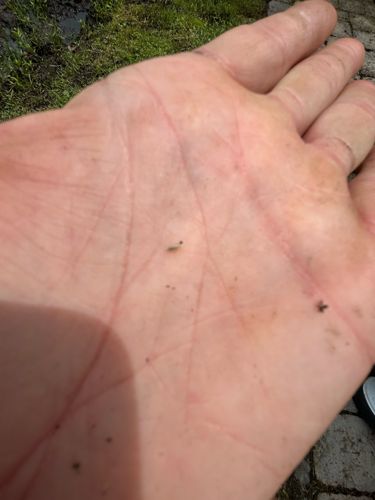Non-biting Midge Larva
Scientific Name: Chironomidae (family)
Order & Family: Order: Diptera, Family: Chironomidae
Size: Larvae can range from a few millimeters to about 2 cm (0.8 inches) in length. Adults are typically 1-10 mm (0.04-0.4 inches) in length.

Natural Habitat
Larvae are primarily aquatic, found in a wide variety of freshwater habitats including ponds, lakes, streams, and temporary pools. Adults are found near these aquatic environments.
Diet & Feeding
Larvae feed on detritus, algae, and other organic matter in aquatic environments. Adult midges generally do not feed as their primary purpose is reproduction.
Behavior Patterns
Larvae develop in water and consume organic matter. Adults are short-lived and typically do not feed, focusing solely on reproduction. They often emerge in large swarms.
Risks & Benefits
Non-biting midges are generally harmless to humans as they do not bite or transmit diseases. Their larvae are excellent indicators of water quality and serve as a crucial food source for fish and other aquatic organisms. Swarms of adults can be a nuisance, but they are not a health risk.
Identified on: 8/18/2025